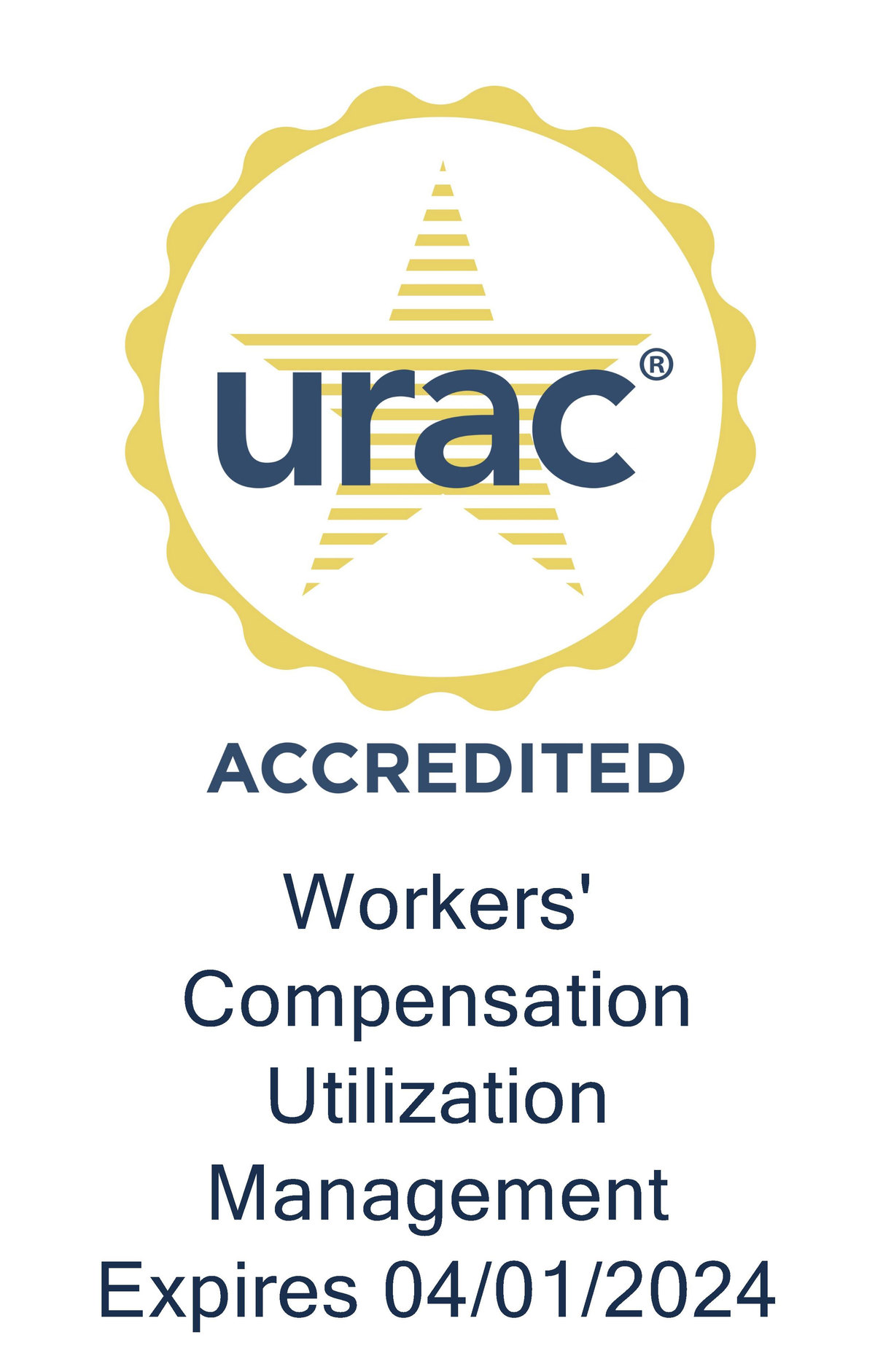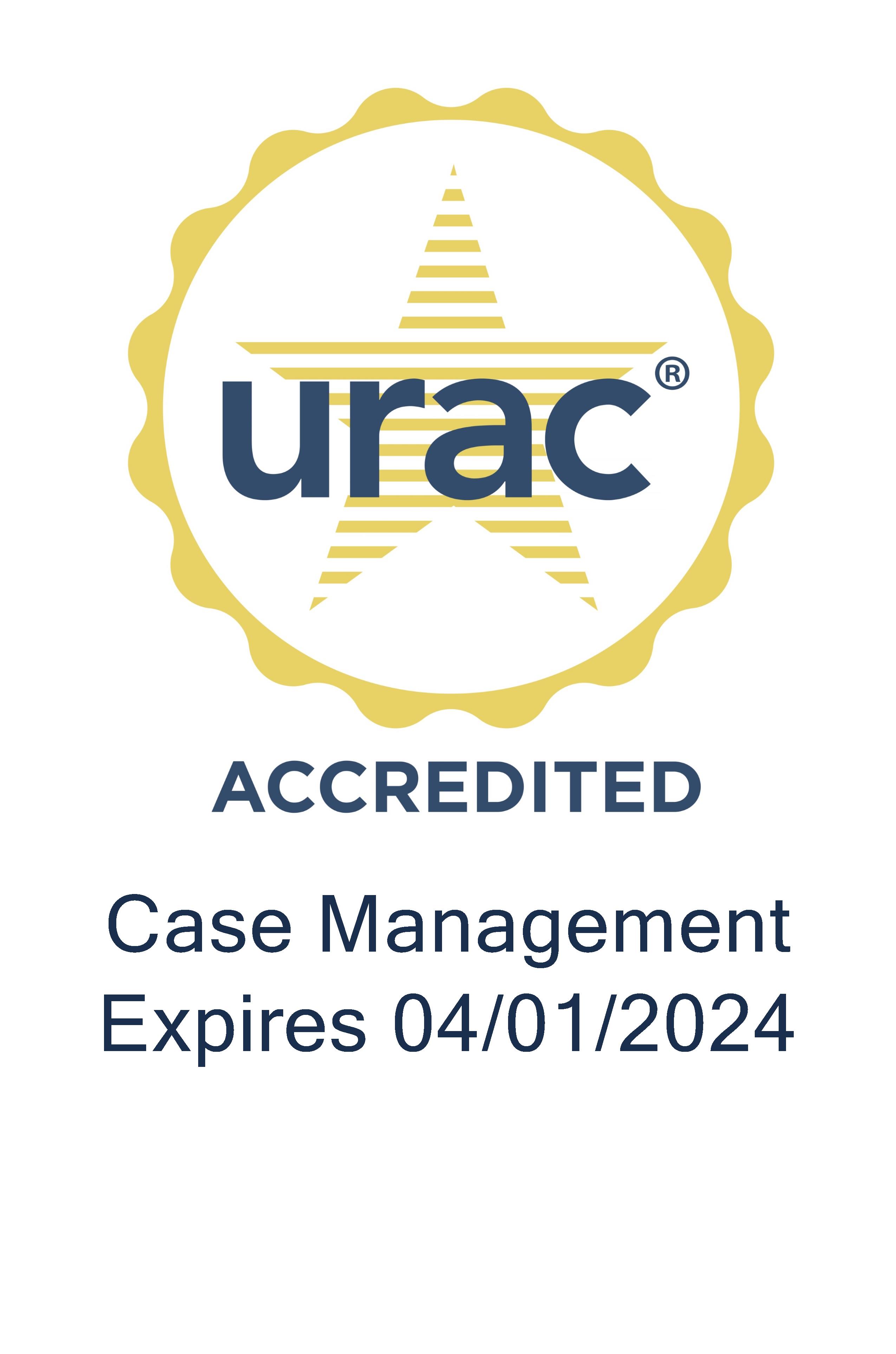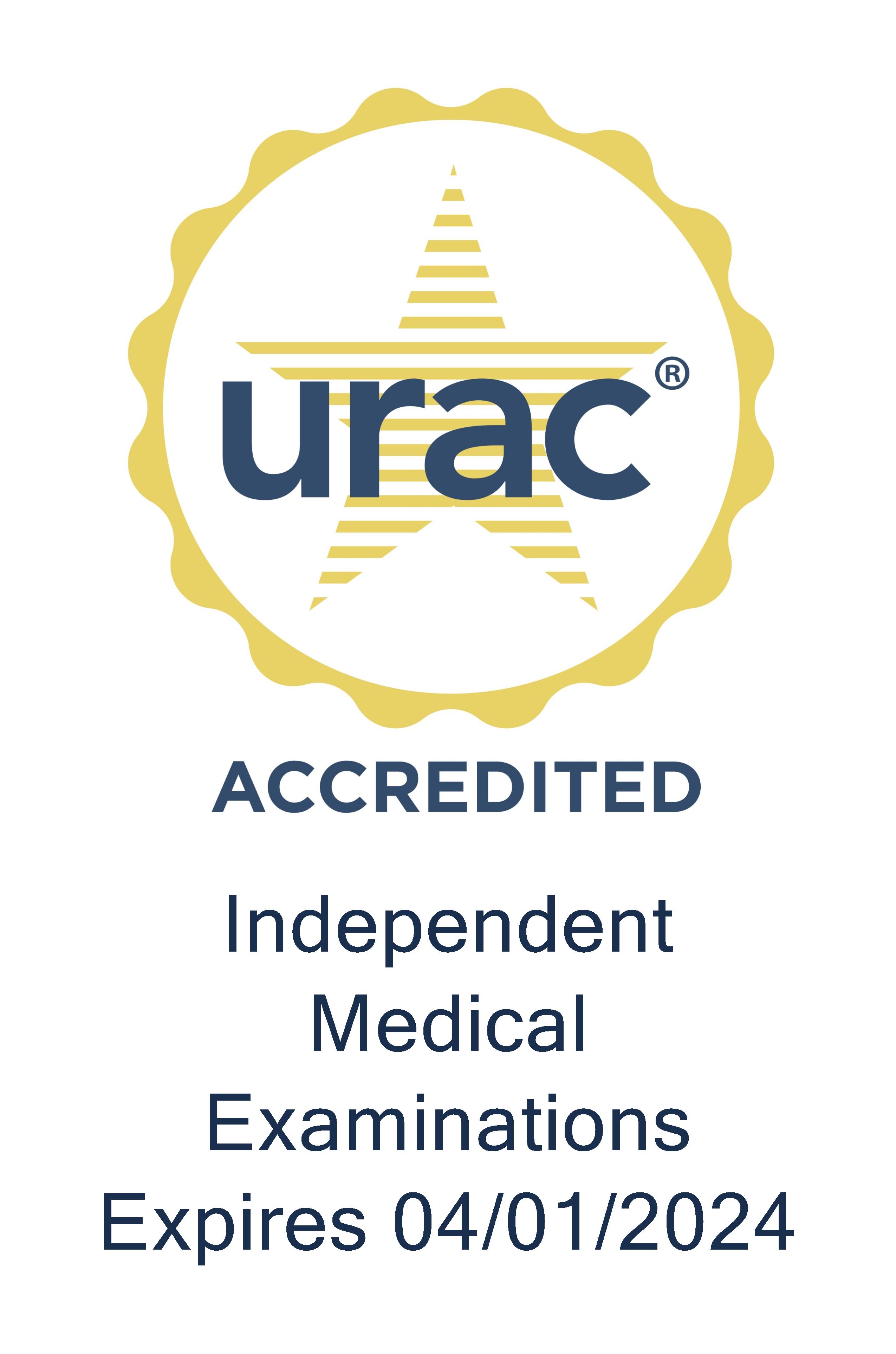Providers can significantly contribute to the success of a workers’ comp claim, so finding the best ones to assign to a case is key to positive outcomes. In today’s Inside Workers’ Comp, Dean Stiles, National Director, Network Management and Managed Care Plans at Genex, offers in-depth advice on how you can make the best provider decisions.
{{ script_embed('wistia', 'hmur0535sh', ', ', 'inline,height=226px,width=400px') }}
Tom Kerr (TK): Dean, thanks for joining us today.
Dean Stiles (DS): And, thank you for the opportunity to be here.
TK: So, let’s start with the basics, what are some of the factors those in the industry should look for in selecting the best providers?
DS: So, the best providers in our model are those that provide the best outcomes. So, it's a very subjective evaluation of the providers. We are also concerned with their ability to work with adjusters and case managers, which is objective feedback that will always work into our evaluation of the providers.
But the subjective part of it, the numerical part of it, is does the provider return the claimant to work in a reasonable time? There are industry guidelines that the providers know about, that we know about, that we do evaluate the provider's performance against. And, if a provider is only treating those that claims that are not going to ever be a problem and doesn't take on the tough ones, they'll have a better evaluation in that. But, we also look to see, are they willing to cross all the different types of claims? Because, certainly, there's going to be those opportunities for them to get involved in a claim that is either already gone south or it may go south.
So, the ability to know that the provider will treat all types of claims, the ability to know that the provider looks at or, at least, tries to stay within the guidelines that are industry approved and that they work with the adjusters and the claimants to get the best results, are probably the No. 1, 2 and 3.
TK: You mentioned best outcomes as one of the most prominent things you look for. What are some of the factors that determine best outcome for providers?
DS: So, in the evaluations that we look at, the best providers are those that work with case managers and adjusters to limit time off from work. The return to work is extremely important as, you know, in the industry. So, if the provider is willing to work with us around the return to work, or temporary duty, then we consider those as better providers than others that try to do their own thing without case management intervention. But, it's also around indemnity, which is their time off and the medical costs.
So, if a provider can find ways to maybe work with us to decrease medical spend, we'll look for that in the data and those are the providers that we'll consider top tier.
TK: And, how do you determine how well the providers work with case management? Is it mostly feedback from the case managers themselves?
DS: Yeah, that's the subjective feedback that we want from the case managers and the adjusters. So, a provider treats 20 different workers’ comp claims, and you see that when case managers are on the claim that there are better results — less time off, less medical spend — that is an indicator that the provider is working with our case managers and showing the value of both the provider and our case managers.
TK: What are the best practices you use in evaluating providers?
DS: Return to work is probably the most important, as well as controlling indemnity costs, but, the overall cost, the medical spend, are typically numbers that we'll also look at. Compliance with guidelines is another factor. So, if there's a guideline that says that the provider should recommend 10 physical therapy treatments and the provider's recommending 20, well, that's noncompliant. Now, it doesn't necessarily mean that there's going to be more spend or longer time out of work but it is an indicator that he's not following the guidelines. So, that's a negative indicator.
We also look for things like, do claimants complain about the provider or do they request to move to another provider? So, transfer of care in the middle of a claim is obviously an indicator that something between the claimant and the provider went south. It may not be the provider's fault, it may be the claimant's fault; it may just be a scheduling problem, but that's an indicator.
And, we also look at provider complaints. So, in some states, they're regulated— what we have to do around provider complaints — but we'll take in anything about the provider, from the cleanliness of the office to the treatment itself, because those are the things that, maybe, make a claimant less comfortable and, therefore, less likely to adhere to the treatment plan.
TK: And if an injured employee needs multiple providers, like PT, OT and speech, do you look for networks that offer all of these services?
DS: Yeah, so if we have a PT provider, we may or may not only use him for PT. If there's one company that does both diagnostics and PT and there is an MRI scheduled, well, typically, coming out of that, there might be PT. So, if you can just hand off within the network it makes it easier to schedule for the claimant if you stay within that.
And, as long as they're top-tier providers, I don't care if they're connected to each other or different companies. It makes sense to use the scheduling services that are available to ensure that that claimant gets it set up right away. Because a lot of times, if the claimant doesn't do it right away, they may delay a month, they may delay a week. And, a delay could be longer time out of work or longer time on disability.
TK: What are some red flags that could indicate a provider may not be meeting expectations?
DS: Other than what we've talked about, there's a couple of things that maybe are not as apparent like testing, like laboratory tests or MRIs — overreliance on testing may mean that the provider isn't sure about his own treatment plan.
So, if they had an MRI two months ago and want to go back and do another MRI, why is there a need? If the treatment plan was correct, you shouldn't need follow‑up testing. Not saying that it should be denied, but simply, the reliance on testing, except maybe urine test or something to test for the drug adherence, makes little sense.
So, that's one of the red flags we look at. We also look at UR denials. So, if the provider has a number, and you have to have at least a few UR requests and many of them are getting denied, that's a flag that says the provider's asking for something that the UR company is not comfortable with. So, frequent UR denials is a red flag that isn't necessarily in the data that we can look at for the evaluation, but it's absolutely a flag.
TK: OK, so if a provider calls for an additional MRI once in a while, it's not as big of a deal. But when you see a pattern forming it becomes an issue.
DS: And one claim doesn't make a provider's performance. So, if there's one claim where they're relying on testing, it could be because they believe the claimant isn't complying with the treatment plan.
So, you got to have enough data to say that this provider is depending on the testing instead of relying on their knowledge. And, so if it's just one, if it's the outlier, that's OK. Nobody should be evaluated lower just because of outliers. But, if there's a pattern then we should evaluate them lower.
TK: What's the process with a new provider when they join a network or set up shop in a region? How do you integrate them into your program and decide whether they should be part of it?
DS: And, that's a great question, the way you phrased it, because you started with for evaluation around the network. So, one of the first things you have to find out is the provider really able to be credentialed within his specialty? And, is it just hanging up a shingle and saying, “I'm now here to do this?” Or, is there a network behind it that does the credentialing to ensure that they did the education, that they have the license, that they have the insurance, all the things that consumers would want the provider to have? So, that's No. 1. Get in a network or get a contract somewhere that we know the provider's been credentialed.
But the new provider in an area is an opportunity. If, we can work with, especially if our case managers can work with, that provider and train them — if they're new to the industry — our nurses are good at talking to providers and working through some of the things that are a little different about workers’ comp than other lines of business. Nurses can help them be more compliant to the guidelines simply by being available to talk to them about certain claimants. And, over time, obviously, a doctor who's been in business for 10 years and still relying on case managers to tell them what to do, that's a problem. But, new, it's an opportunity.
So, if you get them out of the door and you train them well, they can become that top-tier provider for the next 20 years. But we do want data on those new providers, so we do want claimants to treat with them so that we can get that data and then evaluate them in a few months.
TK: How often do you evaluate providers?
DS: The data that is used is monthly. And so, there is an opportunity to reevaluate the provider every month. Now, the changes month‑to‑month are not going to be very high because we make sure that there's enough claims already to do an evaluation. And, one more claim or five more claims probably won't influence the provider evaluation.
What we like is when the evaluation starts to creep up. So, they're a lower-tier provider and you see them get into that middle tier because that may mean that they understand the programs better.
TK: What about specialty certification? Does it matter?
DS: The specialty and the subspecialties are extremely important because that may be the only intro to that provider. So, if you have a subspecialty of hand therapy that's been credentialed by a network, then there's a reliance. We can rely on that person knowing what to do. If they're a generalist in PT, then we don't know. Nobody will know until they've treated a few claims whether or not they're really trained and are good at what they do.
So, that subspecialty, a lot of times, especially in the surgery brackets where, you know, an ortho surgeon can do a lot of things but, if it's a back injury, you don't want a generalist. You want a back surgeon. So, those kinds of subspecialties are extremely important.
TK: Thanks, Dean. In our next Inside Workers’ Comp, we learn how bill review professionals handle the complexities of regulation change. Until then, thanks for listening.






